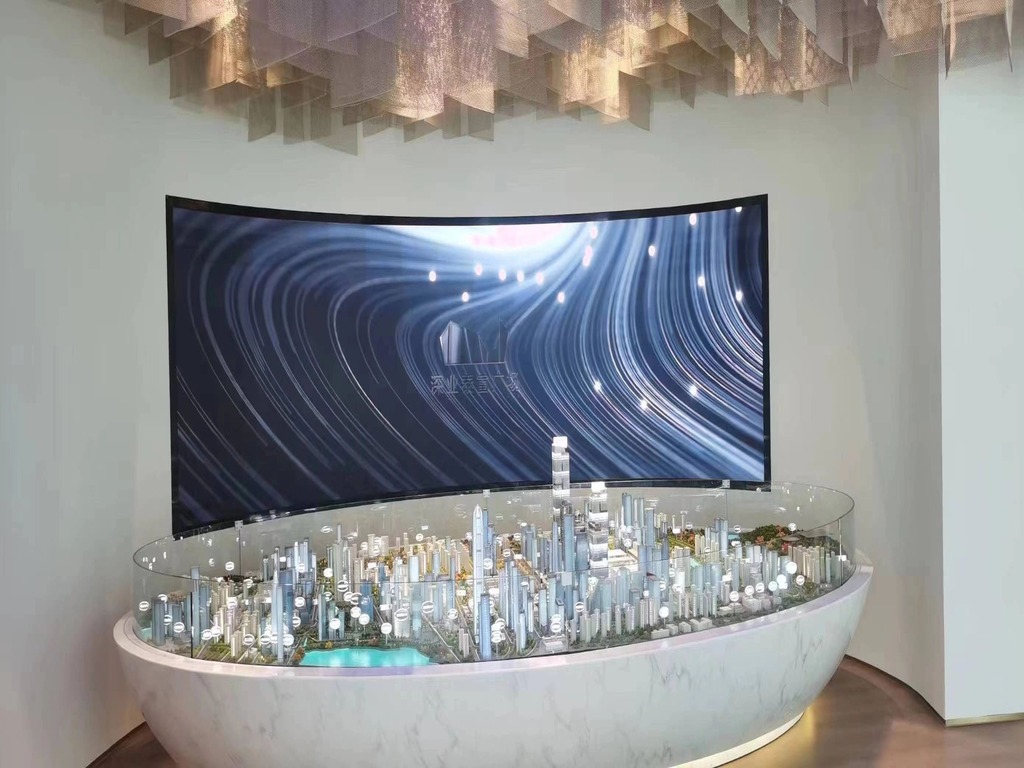What is the Lifetime of an LED Display?
Investing in an LED display is a big decision. But how long will it last? Understanding LED lifespan helps you maximize value and minimize replacement costs.
The average LED display lasts between 50,000 and 100,000 hours. Factors like usage, environment, and maintenance affect its longevity. Proper care can extend its life significantly.

The lifespan of an LED screen depends on more than just hours of operation. Let’s explore what affects durability and how to keep your display performing at its best.
What Factors Affect the Lifespan of an LED Display?
Not all LED displays last the same amount of time. What makes the difference?
Factors such as heat, power settings, and environmental conditions impact how long an LED display remains bright and functional. Regular maintenance also plays a key role.

Key Factors That Determine LED Display Longevity
| Factor | Impact on Lifespan |
|---|---|
| Operating Hours | More usage shortens lifespan over time. |
| Brightness Settings | Running at maximum brightness reduces lifespan. |
| Heat Management | Poor cooling accelerates LED degradation. |
| Environmental Exposure | Harsh weather conditions wear out outdoor displays. |
| Power Supply Quality | Stable voltage prevents damage to LED components. |
LED screens last longer when used at optimal brightness settings (not 100%) and kept cool with proper ventilation. Indoor screens generally last longer than outdoor ones due to reduced exposure to extreme weather.
How Does LED Brightness Affect Lifespan?
Running an LED screen at maximum brightness seems ideal for visibility, but is it sustainable?
Using an LED display at full brightness shortens its lifespan. Lower brightness settings reduce stress on the diodes, extending operational life.

Why Brightness Matters for Longevity
- High brightness = higher heat output – Excess heat wears down LED components.
- More power usage – Running at peak brightness strains the power supply.
- Faster LED degradation – Over time, maximum brightness leads to color fading.
Recommended Brightness Settings for Longevity
| Environment | Suggested Brightness (%) |
|---|---|
| Indoor Use | 30 – 50% |
| Outdoor (Shaded) | 50 – 70% |
| Outdoor (Direct Sunlight) | 80 – 100% (only when necessary) |
Adjusting brightness based on ambient lighting conditions extends lifespan and reduces power costs.
What Role Does Maintenance Play in LED Display Durability?
Even high-quality LED displays degrade without proper maintenance. How can you prevent this?
Regular cleaning, ventilation, and system checks significantly extend the life of an LED display. Ignoring maintenance leads to early failure.

Essential LED Display Maintenance Tips
1. Keep It Clean
- Dust and dirt block ventilation and reduce cooling efficiency.
- Clean the screen with a soft cloth and non-abrasive cleaner.
2. Check Ventilation
- Ensure fans and vents are not blocked.
- Avoid installing screens in poorly ventilated areas.
3. Monitor Power Supply Stability
- Voltage fluctuations damage internal components.
- Use a high-quality power stabilizer to protect the display.
How Often Should You Perform Maintenance?
| Task | Frequency |
|---|---|
| Basic Cleaning | Weekly |
| Check Power Supply | Monthly |
| Inspect Ventilation | Quarterly |
| Full System Check | Annually |
Routine maintenance prevents costly repairs and ensures consistent performance.
How Do Indoor and Outdoor LED Displays Compare in Lifespan?
Not all LED screens face the same conditions. How does location affect longevity?
Indoor LED displays typically last longer than outdoor displays because they are not exposed to extreme weather conditions. Proper weatherproofing helps extend outdoor LED lifespan.

Comparison: Indoor vs. Outdoor LED Display Lifespan
| Feature | Indoor LED | Outdoor LED |
|---|---|---|
| Average Lifespan | 80,000 – 100,000 hours | 50,000 – 70,000 hours |
| Brightness Requirement | Lower | Higher |
| Weather Exposure | Minimal | High (rain, wind, sun) |
| Maintenance Needs | Less frequent | More frequent |
| Power Consumption | Lower | Higher |
For outdoor LED displays, IP65+ waterproof ratings, UV protection, and strong enclosures help extend lifespan.
When Should You Replace an LED Display?
Even the best LED displays won’t last forever. But how do you know when to upgrade?
Replace an LED display when brightness drops below 50% of its original level, colors fade, or pixels start failing. Proper maintenance delays this process.
Signs It’s Time for a New LED Display
- Diminished Brightness – The screen looks noticeably dimmer even at full brightness.
- Color Inconsistencies – Some sections display faded or incorrect colors.
- Frequent Repairs – Maintenance costs exceed replacement costs.
- Pixel Failures – Dead pixels appear, affecting content clarity.
If your LED display requires constant maintenance, upgrading to a newer, more efficient model can save money in the long run.
Conclusion
The average LED display lasts 50,000 – 100,000 hours, depending on brightness settings, maintenance, and environmental conditions. Proper care ensures longer lifespan, better performance, and reduced costs.
